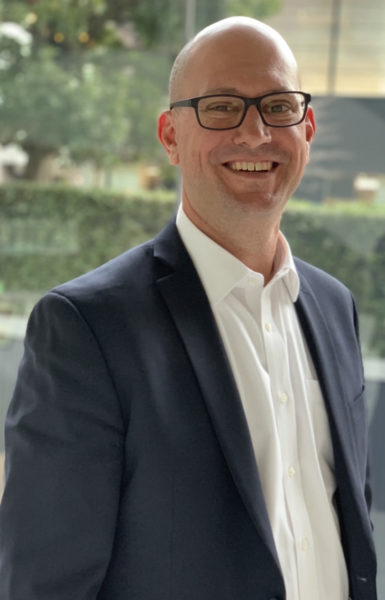Podcast series: Additive manufacturing – an industrial revolution (Part 1)

There is a tremendous amount of untapped opportunity in the industrial manufacturing market, and expectations are high for additive manufacturing or 3D printing. However, with all the hype and advantages, there are some barriers to adopting this technology.
Additive manufacturing (AM), and its next-generation of innovative products, will drive the frontiers of performance and mass individualization. It will produce new flexible manufacturing capabilities and a more distributed manufacturing model to unlock new business infrastructures for companies. Yet, there are some fundamental capabilities and thinking in the industry that must shift to take advantage of its many positive attributes.

In this new series of additive manufacturing podcasts, we are joined by our special guest Aaron Frankel, vice president of Siemens additive manufacturing software program, discussing the landscape of the additive manufacturing market, including its current state, customer interest, product performance and hindrances to adopting this technology.
This first podcast will cover some of the current challenges and trends facing manufacturers and how these hurdles are driving a technological revolution. We will also address some possible barriers to adopting additive manufacturing technologies.
Learn how many companies are leveraging AM to prototype new products to get it out of the digital world and get their hands on it. There is an increase in the prototyping of additive manufacturing applications that will be scaled into more extensive production operations, where additive manufacturing is producing parts and larger volumes for end-products.
Listen to the first podcast in this AM series to learn more about this engaging topic.
You can also access this podcast via Apple, Stitcher, Spotify, Castbox, TuneIn or Google.
About our experts:
Aaron Frankel is vice president of Siemens additive manufacturing software program. He has over 20 years of experience in the PLM software industry and has held various positions in engineering services, product management, and marketing – all focused on helping manufacturers take advantage of the latest digital design and manufacturing technology.
Ashley Eckhoff has a background in engineering and has been with Siemens for over 20 years in various capacities. He has spent the past few years deep-diving into additive manufacturing in both product design and marketing roles.


